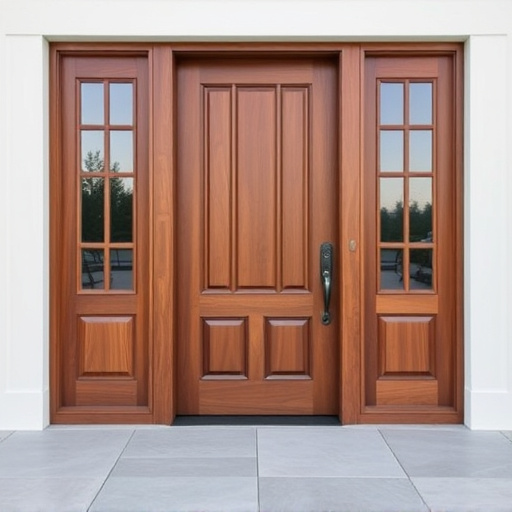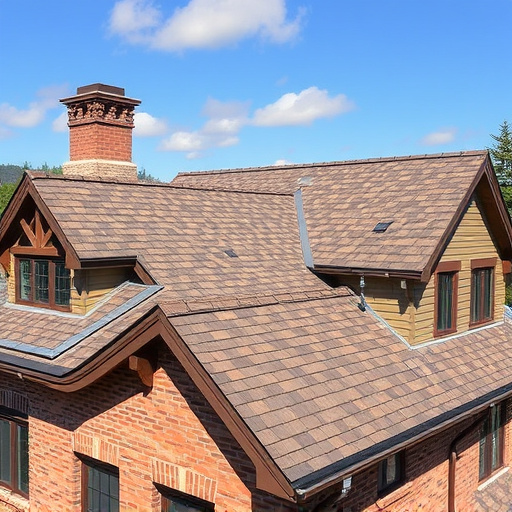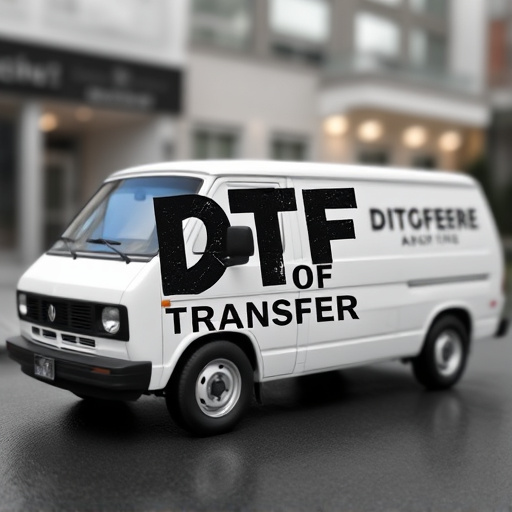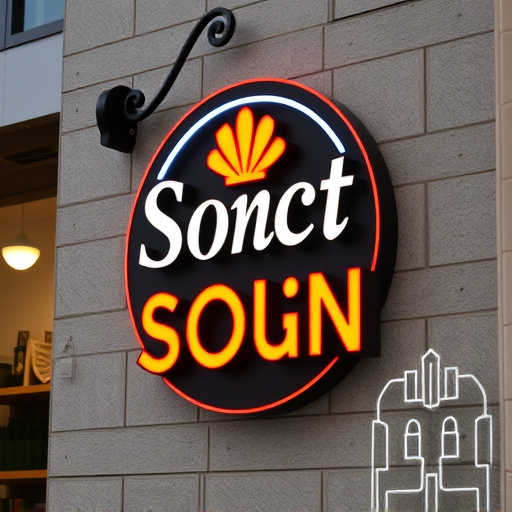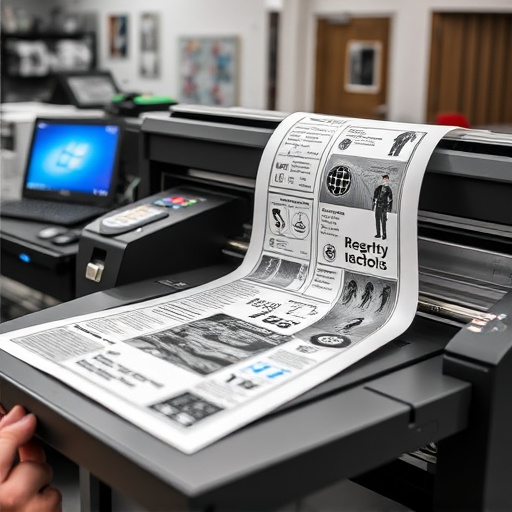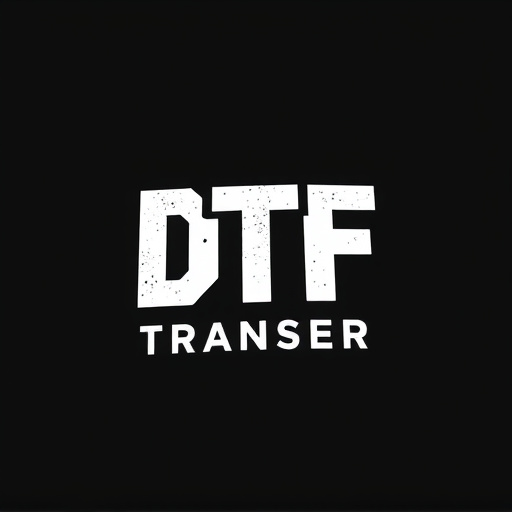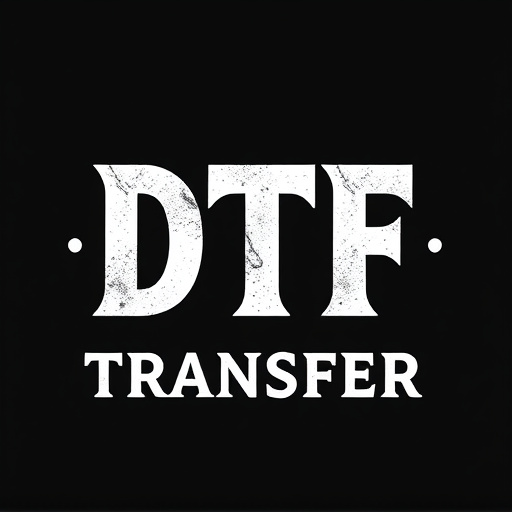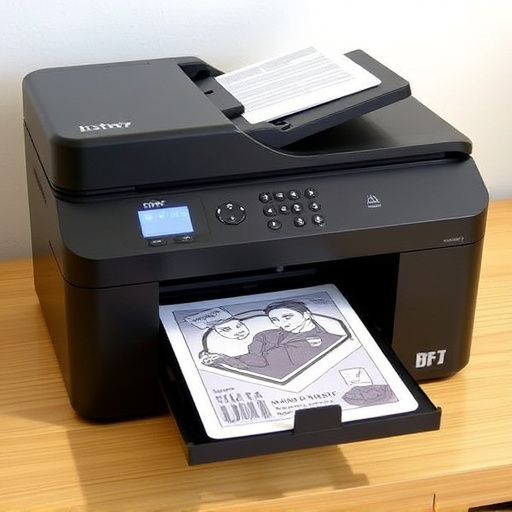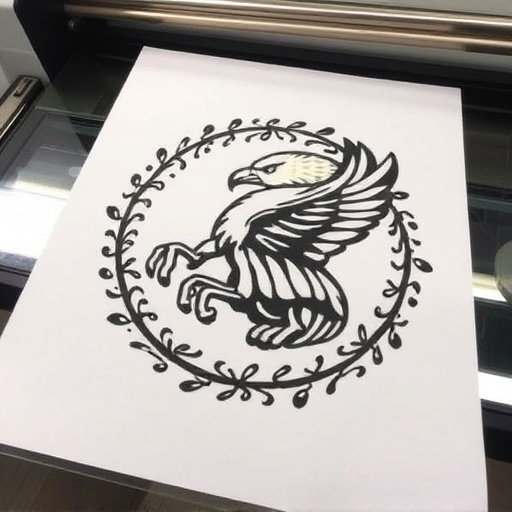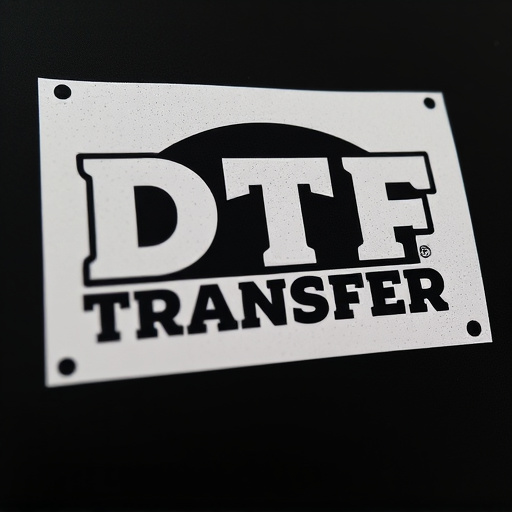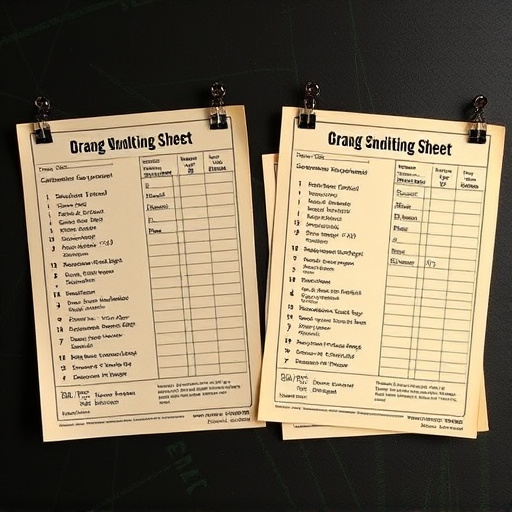DTF Transfers (Direct to Fabric) revolutionize garment printing and fabric design, offering a simple, efficient process accessible to both professionals and hobbyists. These pre-made transfers provide high-resolution prints that permanently bond to fabrics via heat treatment, ensuring vibrant colors and intricate details. Ideal for small businesses and individuals seeking fast, cost-effective personalization on various materials like 100% polyester or cotton. The application process is straightforward: prepare a workspace, position the transfer, apply heat with a heat press, cool, and remove release paper to reveal the design. DTF Transfers cater to diverse creative needs across apparel and home decor industries.
“Discover the efficiency and versatility of pre-made DTF (Direct to Fabric) transfers, ready to transform your fabric designs instantly. This article guides you through the entire process, from understanding the basics of DTF transfers to exploring their numerous advantages. Learn about the diverse materials used and how to set up your workspace for optimal application. With our step-by-step guide, unlock creative freedom, achieve professional results, and explore endless design possibilities with DTF transfers.”
- Understanding DTF Transfers: An Overview
- Benefits of Using Pre-Made DTF Transfers
- Types of Materials Used in DTF Transfers
- Preparing Your Workarea for DTF Application
- Step-by-Step Guide to Applying DTF Transfers
- Creative Possibilities with DTF Transfers
Understanding DTF Transfers: An Overview

DTF Transfers, or Direct to Fabric transfers, are a cutting-edge technology in the textile industry, revolutionizing how designs are applied to various materials. These pre-made transfers are meticulously crafted for immediate heat application, offering a straightforward and efficient method for decorating fabrics, garments, and even home decor items. With DTF Transfers, businesses and designers can achieve professional-grade results without the need for complex equipment or extensive skill sets.
Each transfer is designed with precision, featuring high-resolution prints that ensure vibrant colors and intricate details when heated onto the fabric. The process involves a special ink that becomes permanently bonded to the fabric during a short heating period, creating a lasting and durable design. This technology is especially valuable for small businesses, entrepreneurs, and individuals who want to personalize items quickly and cost-effectively.
Benefits of Using Pre-Made DTF Transfers

Pre-made DTF (Direct to Fabric) transfers offer a multitude of benefits for both hobbyists and professionals in the garment printing industry. One of the primary advantages is their convenience; these transfers are ready to use, eliminating the need for intricate setup processes. This saves significant time, enabling designers and printers to swiftly create high-quality designs on various fabrics.
Additionally, pre-made DTF transfers ensure consistent quality and precision. The transfer films are precisely cut to match the design, guaranteeing accurate placement during heat application. This consistency is particularly valuable for maintaining brand standards and producing professionally finished garments. Moreover, a wide array of designs and styles are available, catering to diverse creative needs.
Types of Materials Used in DTF Transfers

The materials used in Direct-to-Fabric (DTF) transfers play a pivotal role in determining the quality and durability of the final print. Key components include high-quality fabric, typically 100% polyester or cotton, which serves as the canvas for the design. These fabrics are selected for their ability to withstand heat and adhere firmly to various surfaces without compromising color vibrancy or texture. The transfer papers themselves are designed with specific adhesives that ensure a smooth application process and long-lasting adhesion.
Additionally, DTF transfers often incorporate ink systems tailored for direct heat transfer. These inks are specially formulated to fuse permanently with the fabric during the heating process, offering vibrant colors and crisp details. The choice of ink type—whether solvent-based, eco-solvent, or UV-curable—influences not only the final aesthetics but also the environmental impact and print speed. This combination of materials ensures that DTF transfers are versatile, efficient, and suitable for a wide range of applications across industries from apparel to home decor.
Preparing Your Workarea for DTF Application
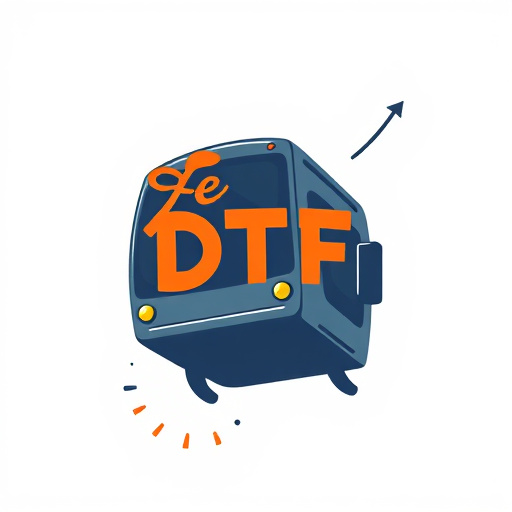
Before applying any pre-made DTF (Direct to Fabric) transfers, ensuring your workarea is prepared and ready is paramount. Start by clearing a dedicated space, free from distractions, where you can lay out all your materials and tools. This area should be well-lit, providing optimal visibility for precise application. Covering the work surface with a protective layer, such as newspaper or a fabric-safe mat, catches any potential spills or debris, keeping your workspace clean.
Having the right equipment on hand is key to a successful DTF transfer process. Ensure you have a heat source (like an iron or heat press), fabric suitable for direct heat application, and a smooth, flat surface to place the transfer upon. Additionally, prepare your clothing or fabric item to be embellished, making sure it’s clean, dry, and free from any wrinkles that might interfere with the adhesive’s bonding capacity.
Step-by-Step Guide to Applying DTF Transfers

Applying DTF (Direct to Fabric) transfers is a straightforward process, perfect for those looking to quickly transform their fabric designs. Here’s a step-by-step guide to help you achieve professional results with your DTF Transfers:
1. Prepare Your Workspace: Ensure your workspace is clean and well-lit. Spread a protective backing film on a flat surface to avoid any damage during the application process. Gather all necessary tools, including your DTF transfer, heat press machine, fabric, and a lint-free cloth for cleaning.
2. Position the Transfer: Carefully peel back the backing layer of the DTF transfer, exposing the adhesive side. Press the transfer firmly onto the desired area of your fabric, ensuring it sticks securely. Use the lint-free cloth to remove any air bubbles or wrinkles, creating a smooth surface.
3. Heat Application: Set your heat press machine to the appropriate temperature and pressure settings recommended for the DTF transfer material. Allow the machine to preheat fully. Once ready, place the fabric with the transfer onto the heating plate, ensuring good contact. Apply heat consistently for the duration specified by the manufacturer, typically ranging from 10-20 seconds.
4. Cooling and Removal: After the heating process, turn off the machine and allow the transfer to cool down completely. Once cooled, carefully peel away the release paper, revealing your applied DTF design. Gently press on the transfer to ensure it has bonded well with the fabric.
Creative Possibilities with DTF Transfers

DTF Transfers open up a world of creative possibilities for artists and crafters. These pre-made, heat-applicable transfers allow for easy and precise placement of designs on various surfaces, from fabric to wood and more. With a vast array of patterns and styles available, users can personalize their creations, adding unique touches to clothing, home decor, and even crafts for special occasions.
The versatility of DTF Transfers makes them suitable for both professional use and personal projects. They enable quick and efficient production runs, perfect for small businesses or individuals looking to mass-produce custom items. At the same time, they also cater to hobbyists who enjoy experimenting with design and want to add that extra special element to their handmade goods.


